All eyes were glued to TV screens as Finance Minister Arun Jaitley presented the Union Budget for 2016-17 and we were really interested about the announcement relating to the automotive industry and road infrastructure.
One of the biggest drawback for the industry was the customs duty on commercial vehicles which was hiked from 10% to a massive 40%. On the other hand, the excise duty for SUVs was brought down to 24 per cent from 30 per cent, mid-sized cars was reduced to 20 per cent from 24 per cent and the excise on large cars was reduced to 24 per cent from 27 per cent.
Society of Indian Autombile Manufacturers (SIAM) President Vinod Dasari said that the Union budget for the fiscal year 2016-17 is a mixed bag for the Indian Automobile Industry. The budget has focused on the development of the roads, including the national highways and the rural roads alike.
An investment outlay of Rs 97,000 crore in the road sector, including PMGSY allocation, has been made for 2016-17. Finance Minister also informed that as many as 85% of the projects that were stalled, have been re-initiated by the efforts of the Ministry of Road, Transport and Highways.
The amendment to be made in Motor Vehicles Act to open up the road transport sector in the passenger segment is a welcome move. However, introduction of Service Tax on passenger transport will have a dampening effect.
The grant of Rs 200 crores to the FAME scheme and NATRiP is also a welcome move. The validity period of exemption granted to specified goods for the use in the manufacture of electrically operated vehicles and hybrid vehicles is also being extended without time limit. This is expected to help improve the consumer sentiment around these vehicles and promote faster adoption.
Basic custom duty on raw material used for manufacture of catalytic converters has been reduced from 7.5% to 5%. However, the basic customs duty on import of aluminium & aluminium products and zinc alloys has been increased which will impact the industry.
The weighted tax deduction on R&D expense has been reduced from 200 per cent to 150 per cent from April 01, 2017 and it will further be reduced to 100 per cent from April 01, 2020. This will go against indigenous R&D in India. Moreover, reduction in tax benefit has been announced without any announcement about corresponding reduction in corporate tax rate.
An additional 1 per cent tax to be collected at source on purchase of cars exceeding value of Rs 10 lakhs will be a deterrent. Infrastructure cess of 1% on small petrol, LPG, CNG cars, 2.5% on small diesel cars of less than 1500 cc and 4% on other higher engine capacity vehicles and SUVs would be levied with immediate effect.
Here is how the industry reacted to the Union Budget 2016-17:
Tata Motors Spokesperson: Tata Motors welcomes the Union budget announced today. We are particularly encouraged with the government opening up private participation to the public road transportation sector, for a potential to address commuters’ grievances, by enhancing the quality of public road transportation services. Boost in spends related to infrastructure and construction of roads and highways, will help increase spends on commercial vehicles, at the same time improve last mile distribution. Positive changes to custom duty, will help further the country’s Make in India initiative. Amendments to the Motor Vehicles Act, removing permits for plying small passenger vehicles, will encourage small entrepreneurs, and more importantly ensure safe and efficient last mile connectivity, across states. While the passenger vehicle industry has been facing challenges over last few years, it has barely begun to show some signs of recovery. Additional cesses may disincentivize passenger vehicle customers, impacting the industry.
Shekar Viswanathan, Vice Chairman and Whole – Time Director, Toyota Kirloskar Motor: We would have expected some measures to promote alternate fuel technologies which would have helped the environment also. We would encourage the government not to just think based on size of the vehicle which has no relation to the technology. Taking older vehicles off the road should be a priority for the government. We compliment the measures and schemes which have been introduced to benefit the masses and also thrust on infrastructure which would have a long term impact on the growth of the nation.
Yadvinder Singh Guleria, Senior Vice President – Sales & Marketing, Honda Motorcycle & Scooter India: We welcome the Union Budget. The Honorable Finance Minister has walked a fine rope of balancing social welfare with economic growth. In the backdrop of 2 consecutive weak monsoons, the Government’s focus on rural sector especially farmer welfare, education, interest subvention on existing loans and skill development will inject strength in rural economy. The INR 1 lac crore allocation on road and highways will accelerate connectivity and mobility across all geographies led by rural areas, which is very positive news for overall auto industry. Overall, we expect such measures once implemented, will revive the stagnant demand of 2Wheelers in the rural market.
Guillaume Sicard President-Nissan India Operations: The Union Budget 2016 has continued with the government’s focus on maintaining fiscal deficit, agriculture, infrastructure development and recapitalizing of PSU banks. The budget gives special focus on the economy at the grass-root level which will have an overall positive impact in the long run. Additionally, we also welcome Government’s decision to amend the Motor Vehicle Act in passenger vehicle segment to allow innovation. This, coupled with a focus on infrastructure will help improve the overall public transport in the country. There is not much for Auto industry in this budget. Infrastructure cess increase up to 4% on passenger vehicles will definitely have an impact on the prices. We do not foresee that to be a major burden for small car buyers but the luxury cars and SUVs will feel the heat. We are still trying to understand the modalities of collection of TDS of 1% on more than 10 lakh priced cars. Further, curbing incentives on in-house R&D spends from 200% to 150% is not very positive. There is no presentation on roadmap for GST implementation, additional Incentives for Electric Vehicles and Hybrids under FAME Scheme and the plan for Vehicle Scrappage scheme which is damper.
Joe King, Head, Audi India: The budget presents a transformative agenda with clear-cut focus on initiatives for farmers, rural sector and infrastructure development. However, it negatively impacts the automobile industry. We are disappointed that the industry’s demand on reducing excise duty has not been addressed. On the contrary, 1% Infra cess on Petrol, CNG, LPG cars, 2.5% on small diesel cars and 4% on bigger diesel cars and SUVs has been added which will further affect the price and consequently demand. Also, we need to evaluate the impact of extra tax levy of 1% on purchase of cars above Rs.10 Lakh. Government has not announced any positive initiatives for the industry which contributes so heavily to the manufacturing sector and overall economy. However, we are pleased to see the increase in expenditure on infrastructural development with specific announcements like approval of 10000 Km of National Highways and total investment in road sector at 97000 cr in FY17 that should help in people getting better road infrastructure. The FM has announced many measures which will support the common man including health protection scheme for health cover up to Rs 1 lakh per family, raising personal I-T house rent exemption to 60,000 from 24,000 per year, first home buyers getting an additional deduction on interest of Rs. 50,000, provided value of the house does not exceed Rs 50 lakh; and Ceiling of tax rebate for tax payers with up to Rs 5 lakh annual income to be raised to Rs 5000 from Rs 2000. This should help the common man in increased savings. Also the target of 100% rural electrification by May 2018 is a great step in the path of development.
Stefan Palskog – President, Scania India and Mikael Benje – Managing Director, Scania India: In lieu of all pollution problems and issues of waste management in the city and in addition to the PM’s ambition to substantially reduce the dependency on fossil fuels, we had sincerely hoped that the budget would emphasize the need of biofuels made from local waste. We are disappointed that there is no specific policy action or incentive announced for biofuels-led sustainable transport solutions in the Union Budget for 2016-17. Scania believes this is a pre-requisite to make ‘Smart Cities’ and ‘Swach Bharat’ a quick reality. However, we welcome the government’s strong emphasis on infrastructure development. There is also a clear promise to ensure quick passage of Goods and Services Tax (GST) which will significantly reduce costs across the supply-value chain, increase fuel efficiency and fast track India’s journey towards becoming a global manufacturing hub while improving the GDP development. We will continue to support initiatives to improve the transport sector by bringing in global technology and best practices in manufacturing to India.
What do you have to say about the Union Budget 2016-17? Share your views with us through the comments section below.

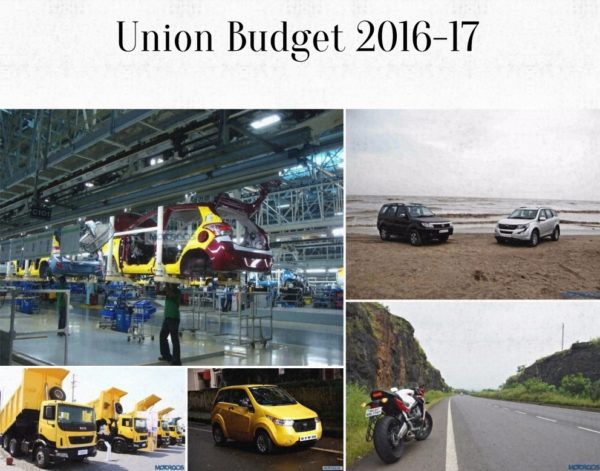
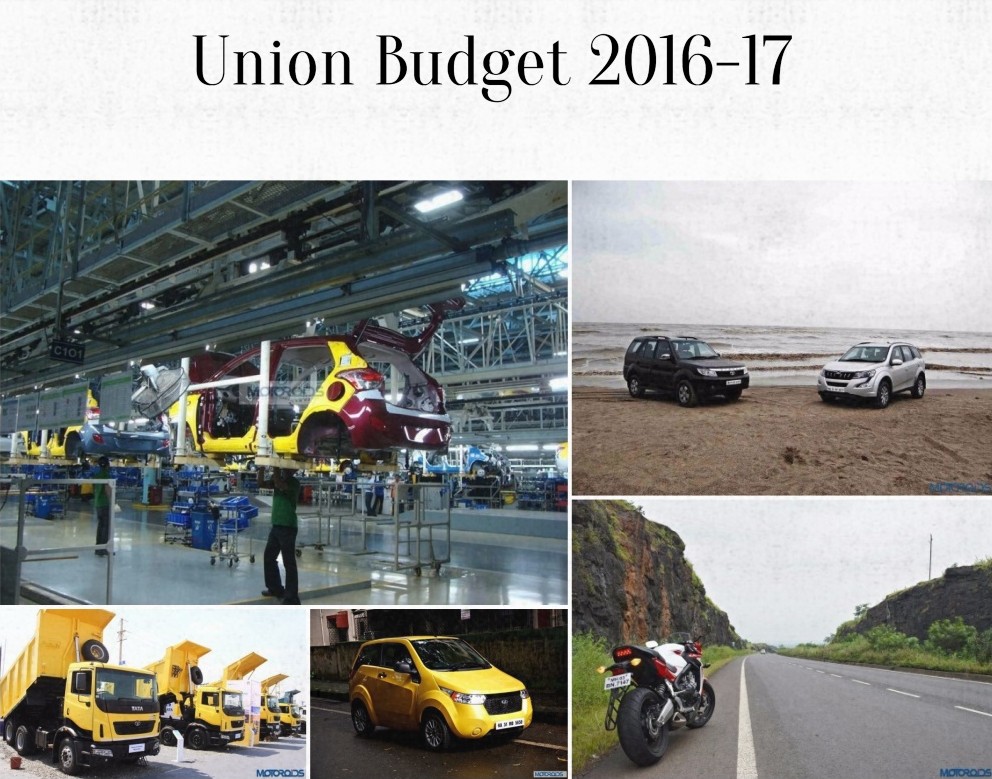
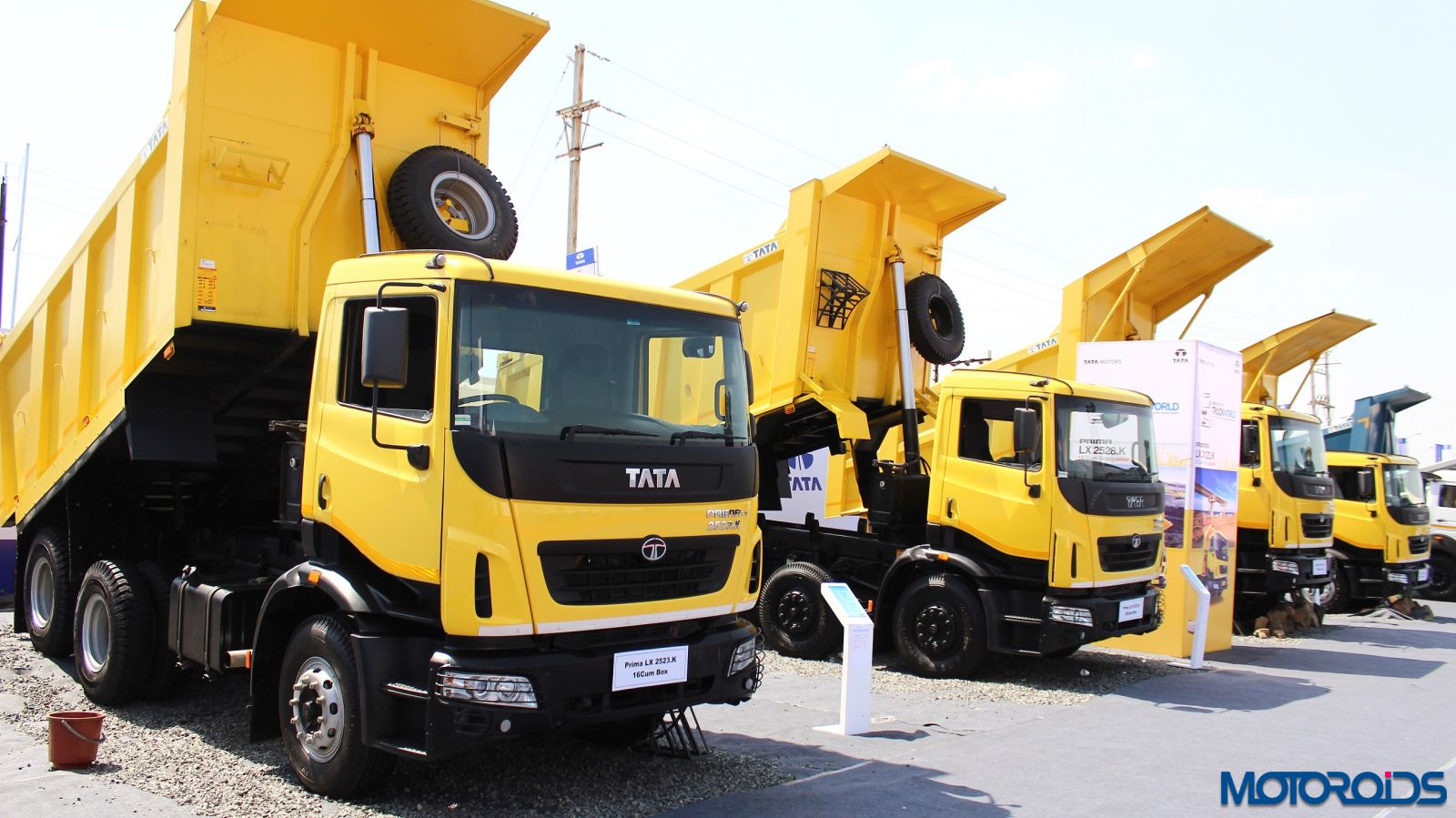
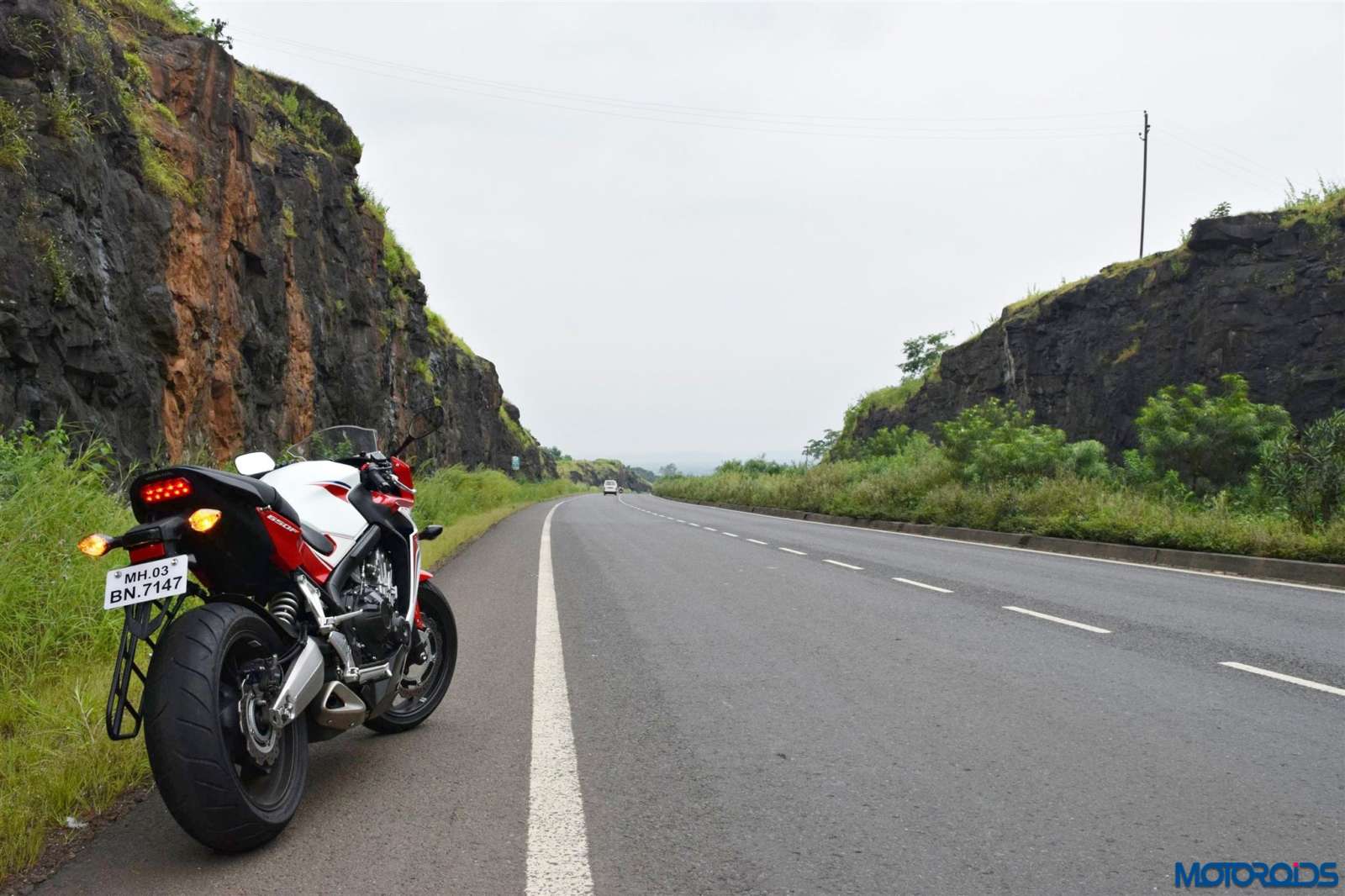


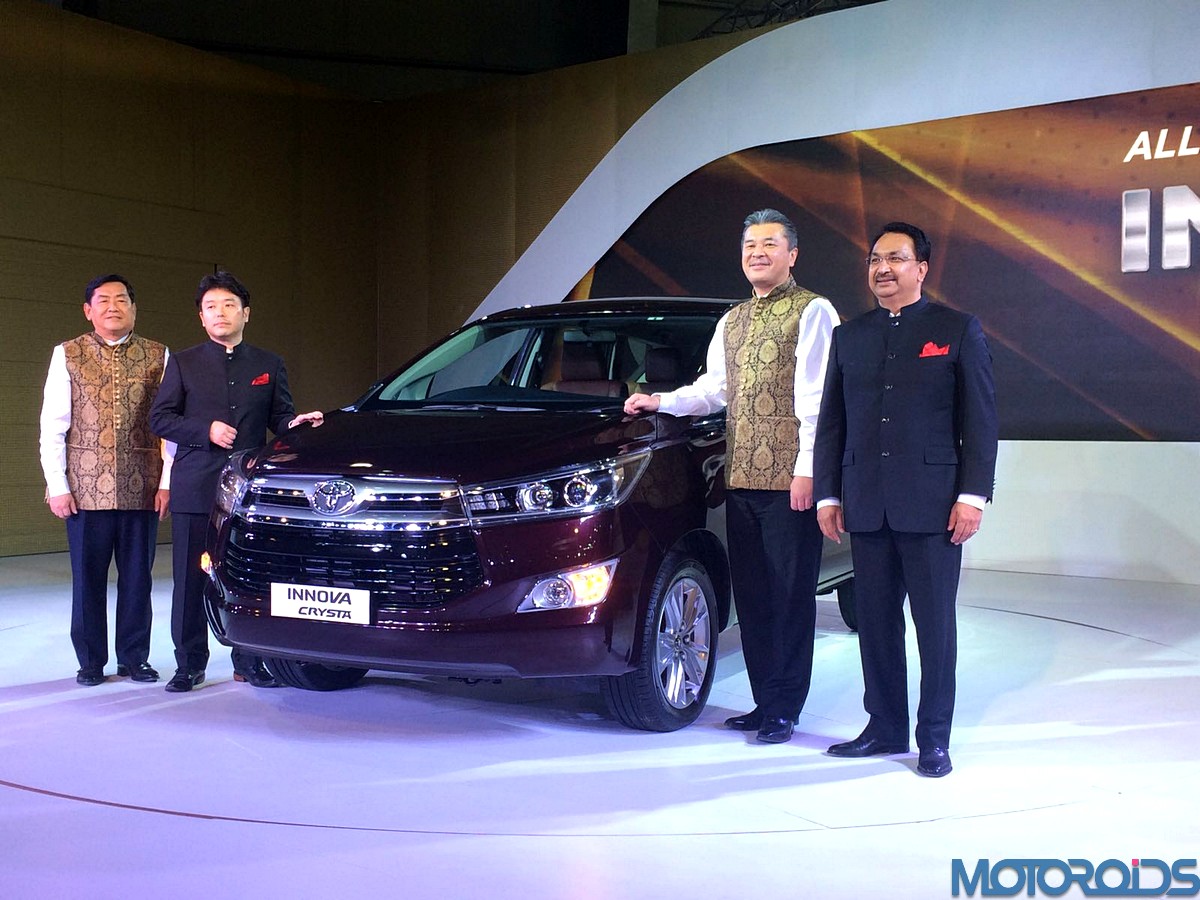
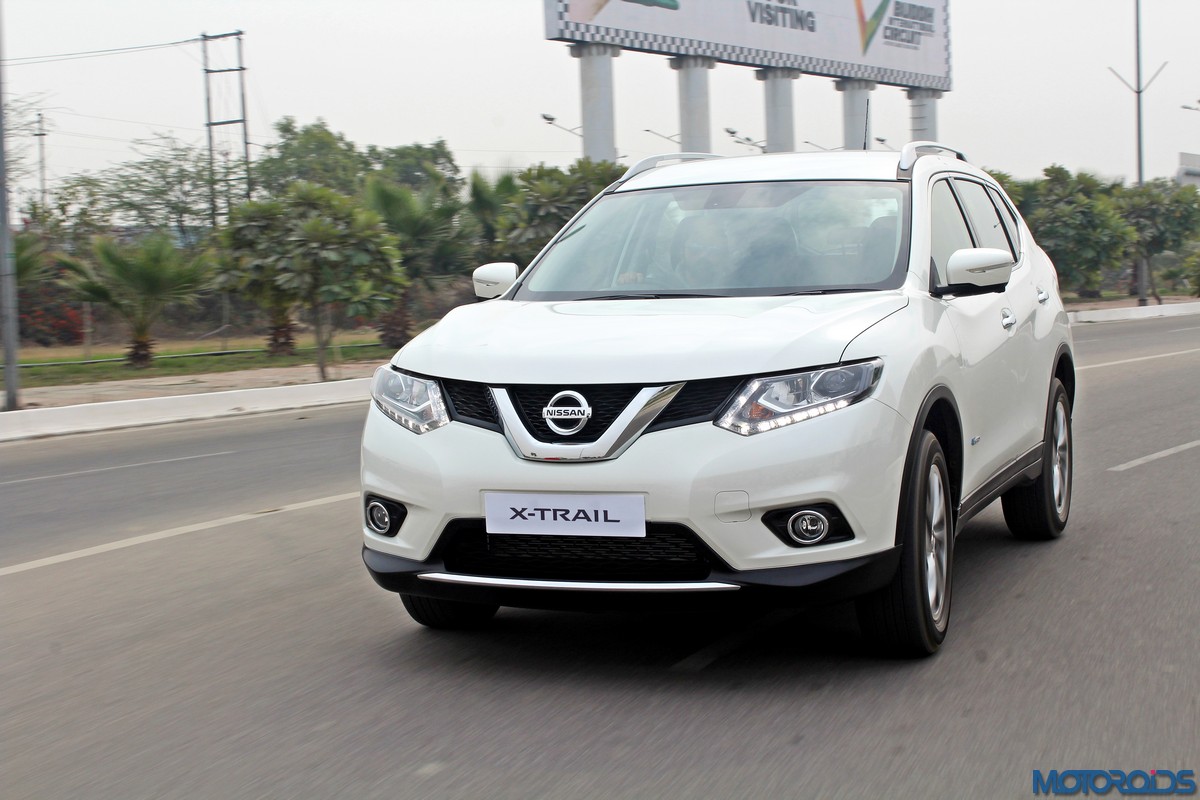

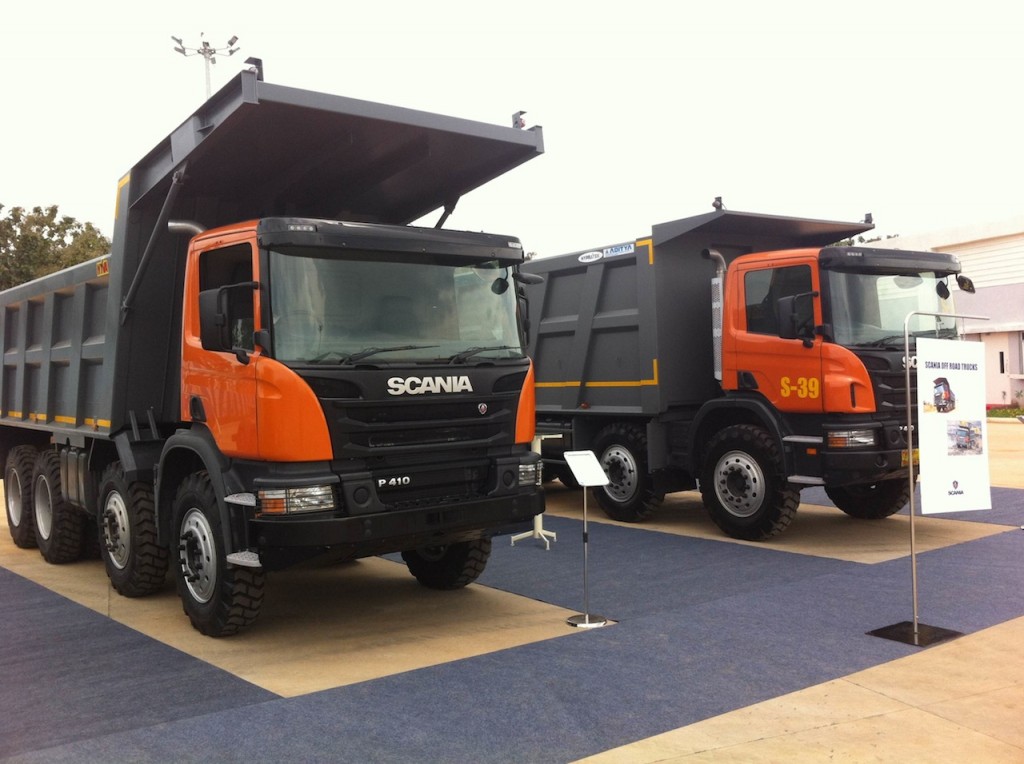
Dear sir,
I got a question regarding the 2016 budget infrastructure cess on automobiles.
I was negotiating for a car with a local dealer from 20th of January 2016. This particular stock arrived with them before budget is announced, and stock arrived around end of January 2016.
Now I want to finalise the deal and the dealer is telling that I have to pay extra amount towards infrastructural cess irrespective the pre budget stock.
Kindly please confirm this cess is applicable to this pre budget ex-stock with them.
Also please confirm the date of starting the cess.
Cess origin at source means, billed at the time of
out from the manufacturer godown?
Looking forward hearing from you.
Thanking you with regards
K. Thomas Panicker